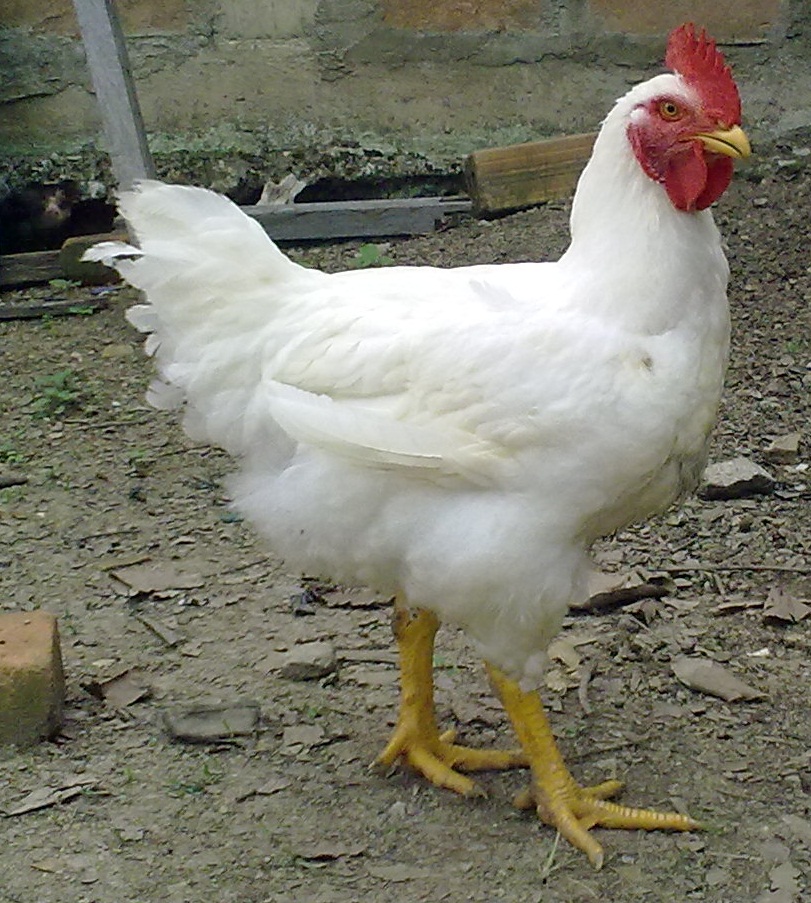Broiler production for maximum profit-Guest Post
Broiler refers to the rearing of poultry birds that have high productivity of meat or basically for meat production. They are made to produce meat in a very short period of time (6-9 weeks) after attaining some certain weight depending on the choice of farmer or market demand.
How they are produced
 Learn More
Learn MoreThe broiler production begins with the grandparent breeder flocks. The breeder are raised to maturity in laying farms where fertile eggs are produced. The eggs are formed basically through artificial insemination i.e. collection of sperm from the male and insert to the cervix or uterus of the female for fertilization to occur.
The eggs produced spent a period of 7 to 10 days on farm where it is stored in a cool and dry place before being transferred to hatchery. After getting to hatcher, the eggs are placed in a setter for about 19 days, after 19 days candling is done ( which is the removal of infertile eggs ) and then later transferred to hatcher for 2 days and later birds called Day old chicks are formed.
How to manage Broiler production
Temperature, ventilation and air movement should be controlled mostly during the brooding stage and through out the cycle of the birds.
Brooding:
This is the provision of heat to birds to provide feather, this is done in a closed arena called “BROODING HOUSE” where the temperature relative humidity and all other factors are being controlled. Feeds, water, vaccination like ND+IB(LASOTA), ibd( Gomboro) are given throughout the brooding stage and the life cycle of the birds, also medication such as Vitamins, antibiotics should be given as well.
Factors to consider for effective Broiler production
- Biosecurity: Effective bi-security aid good hygiene and insect control on farm to limit disease transmission within and between barns to aid effective production.
- Pre placement preparation : Heaters, floor temperature, relative humidity ventilations, drinker feeders etc. Should all be checked before arrival of new flocks.
- Down time between flocks: Adequate downtime of about 14 days with proper cleaning and disinfection to reduce disease transmission should be considered.
- Coccidiosis prevention: This is caused by a microscopic intestinal parasite. Avoid wet litter always, Change litters time to time.
- Brooding management: This is an important time for intestinal growth and the development of a balanced microflora. As a result, ensuring a good start in poultry production have a significant impact on the future and performance of the birds.
- Litter management: This serves as bedding for the birds. By standing or resting on the litter birds naturally will peck. Litter condition and quality have an impact on broiler intestinal health and profitability
- Water management: This accounts for about 70 – 80% of the birds daily drinking. Always maintain clean water with good drinking equipments.
- Feed management: They must have easy access to feeds proper feeder height that tally with the height of the birds to reduce feed wastage and mixing feed with litter.
- Stock Density: A higher stock Density have a negative impact on the growth of the birds, therefore stock Density should be lowered.
- Mortality checks: Diseased birds should be culled as early as possible. Bury or burn dead carcass as well.
- Communication and Team work: Ensuring strong communication and coordination between all those involved in helping your farm run smoothly will ensure a stronger and more successful management program for your birds.
- Monitoring: Daily monitoring of temperature, humidity and ventilation is recommended. Monitoring the feed and water intake of birds increases or brings progress in the flock.












